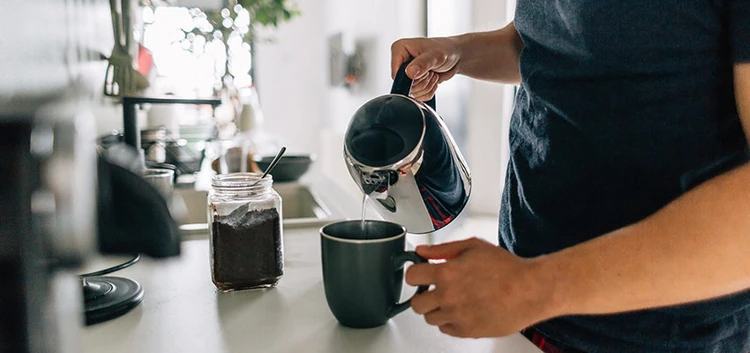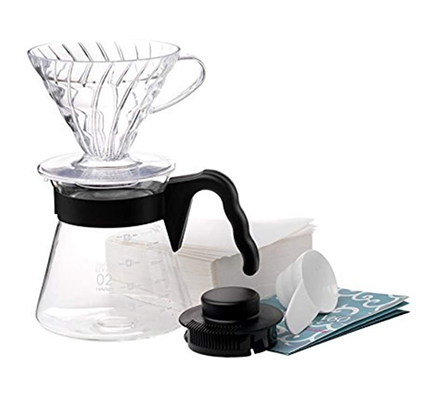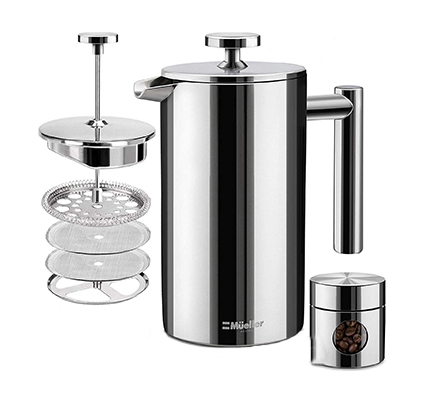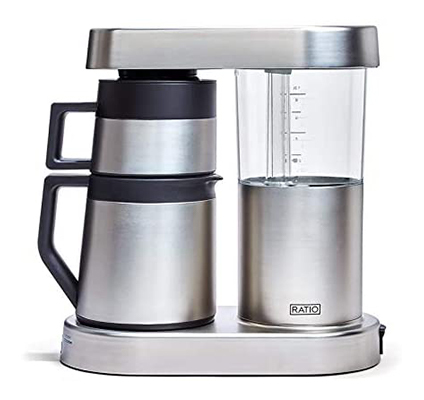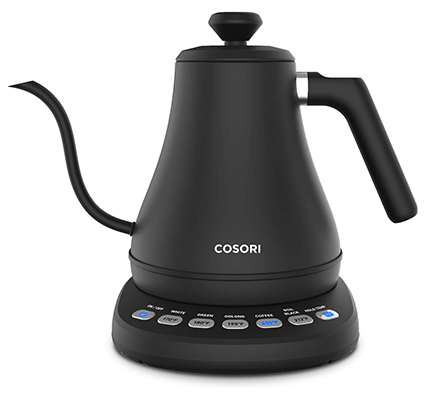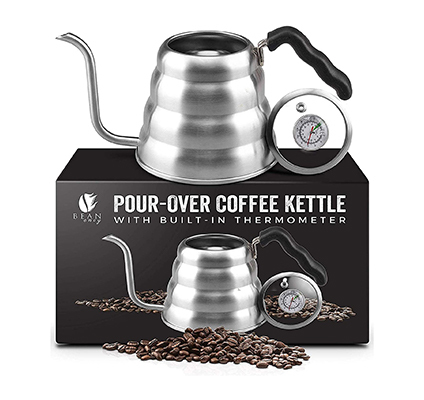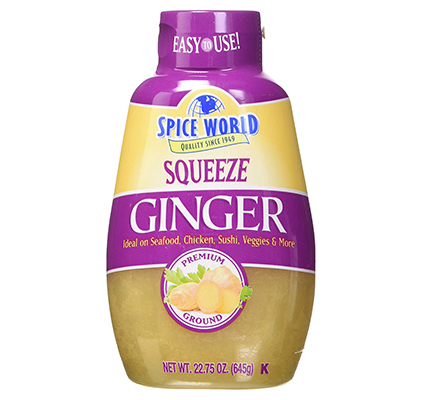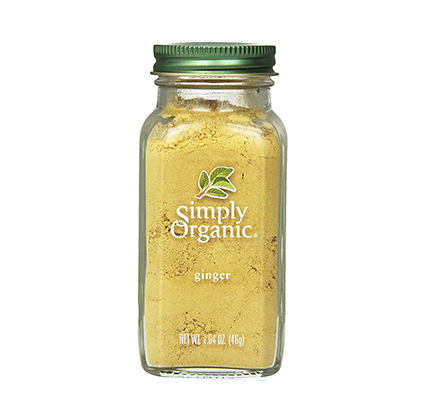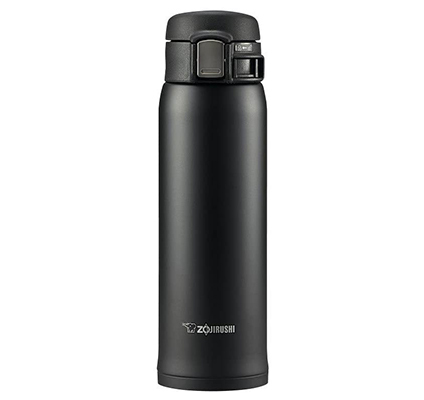Humanity runs on coffee — it wakes us up in the morning, makes our afternoon breaks far more stimulating and always brings a smile to our face. If you’re bored with drip coffee and k-cups, here are some tips to improve your coffee-making routine at home.
1. Keep whole beans fresh
The best way to get fresh whole bean coffee is directly from a roaster. Your beans will be fresher, and you’ll be supporting a small business. "Single-origin beans tend to be of higher quality than blends," according to Kathryn Parkman, a member of the ConsumerAffairs research team and former barista. "If you like more chocolatey notes in your cup, look for washed process beans. Natural process beans are dried with the coffee cherry pulp still attached, which means the coffee has fruitier notes once it’s roasted."
Once you’ve invested in quality beans, it’s essential you store them properly. We suggest using an air-tight stainless steel or glass container to prevent light, moisture and oxygen from compromising the integrity of your beans for up to a month.
Coffee Gator Coffee Container
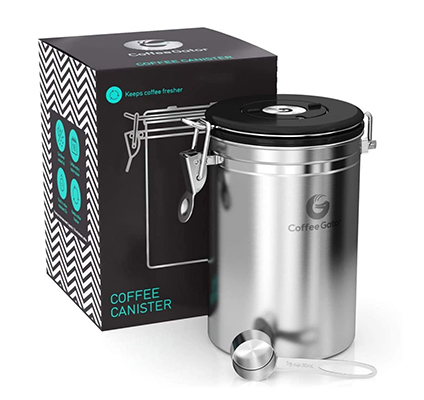
- Built-in date tracker
- CO2-release valve
2. Grind ’em right
The right grind can make all the difference. "A good coffee grinder is vital because it lets you adjust the coarseness of your beans to fit your brewing method best," Parkman explained. "For example, you should use a coarser grind when you use a French press and a finer grind when you use an espresso machine." Think of the brewing process like water moving through either gravel or sand. Coffee that is ground too coarse will be under-extracted (too weak), and coffee that is too fine will be over-extracted (bitter).
For those who typically make one cup at a time, manual grinders are excellent because they give you more control. Automatic grinders are more convenient if you’re making coffee in larger batches, and better for those with arthritis because all you have to do is press a button.
Porlex Coffee Grinder
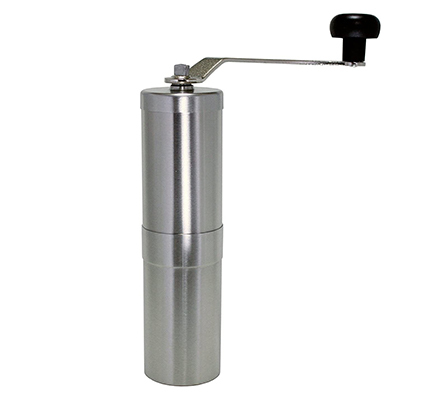
- Manual coffee grinder
- Ceramic conical burrs
Baratza Virtuoso Conical Burr Grinder
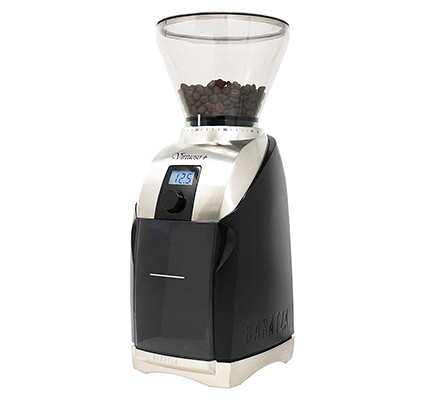
- Automatic coffee grinder
- Built-in timer and LED backlight
3. Select your brewing apparatus
Most baristas suggest using a pour-over or French press. "The pour-over process is a little more involved since you’re continuously replenishing the water. The extra effort is worth it if you want to bring out the more subtle, fruitier notes of your coffee," Kathryn said.
Many coffee-drinkers prefer French presses because they require less attention to make a good coffee cup. Since a French press immerses the grounds, you retain more of the natural oils in the beans. Parkman suggests using a French press for darker roasts if you want a more full-bodied cup.
A pour-over is easier to clean, but also requires that you stock up on coffee filters. You have to dismantle a French press to clean it properly, but you also don’t have to worry about getting filters since that’s built-in.
4. Get scientific about it
Making coffee can feel like a sacred ritual, but there’s actually a lot of science behind the perfect cup. Real coffee geniuses know how to accurately dial in coffee-to-water ratios, water temperatures and brewing times. With these tools, you can experiment with different adjustments to bring out the best in your beans.
Use a scale for precise ratios
For ideal extraction, measure your coffee by weight instead of volume. Most baristas recommend using a coffee-to-water ratio around 1:16, meaning one gram of coffee per 16 grams of water. Look for a scale that also has a built-in timer so you can track how long your coffee brews.
If you don’t have a scale, a good rule of thumb is one tablespoon of grounds for every four ounces of water. Remember: Always use clean, filtered water if you want to avoid adding impurities to your coffee.
Use a thermometer for precise temperatures
The best temperature to brew coffee is between 198 and 202 degrees Fahrenheit. Flavors will extract too slowly if your water is cooler and too quickly if it’s closer to boiling.
Taylor Waterproof Thermometer
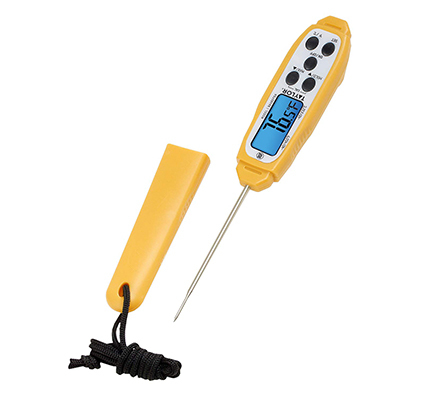
Hario Scale with Timer
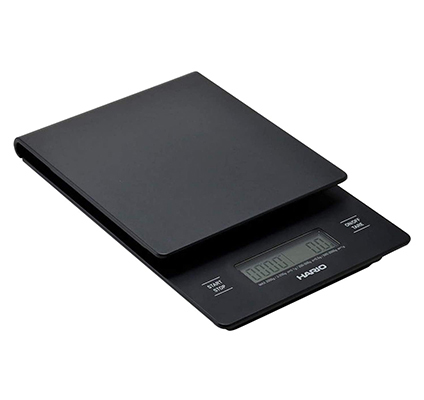
Use a gooseneck kettle for precise extraction
A gooseneck kettle makes it easier to saturate grounds consistently. “A lot of people who don’t like making pour-overs at home just don’t have a gooseneck kettle,” said Parkman. There are 3 steps involved with brewing a pour-over — wetting, dissolution and diffusion — and each requires that you control your flow rate.
Coffee nerd bonus tip: GINGER!
Adding ginger to bad-quality coffee can help make it more drinkable. Parkman doesn’t suggest putting ginger in a fresh, correctly brewed pour-over. However, it can help in more desperate times, like when you have to refill your thermos at a gas station. Plus, ginger has antioxidants and anti-inflammatory properties.
